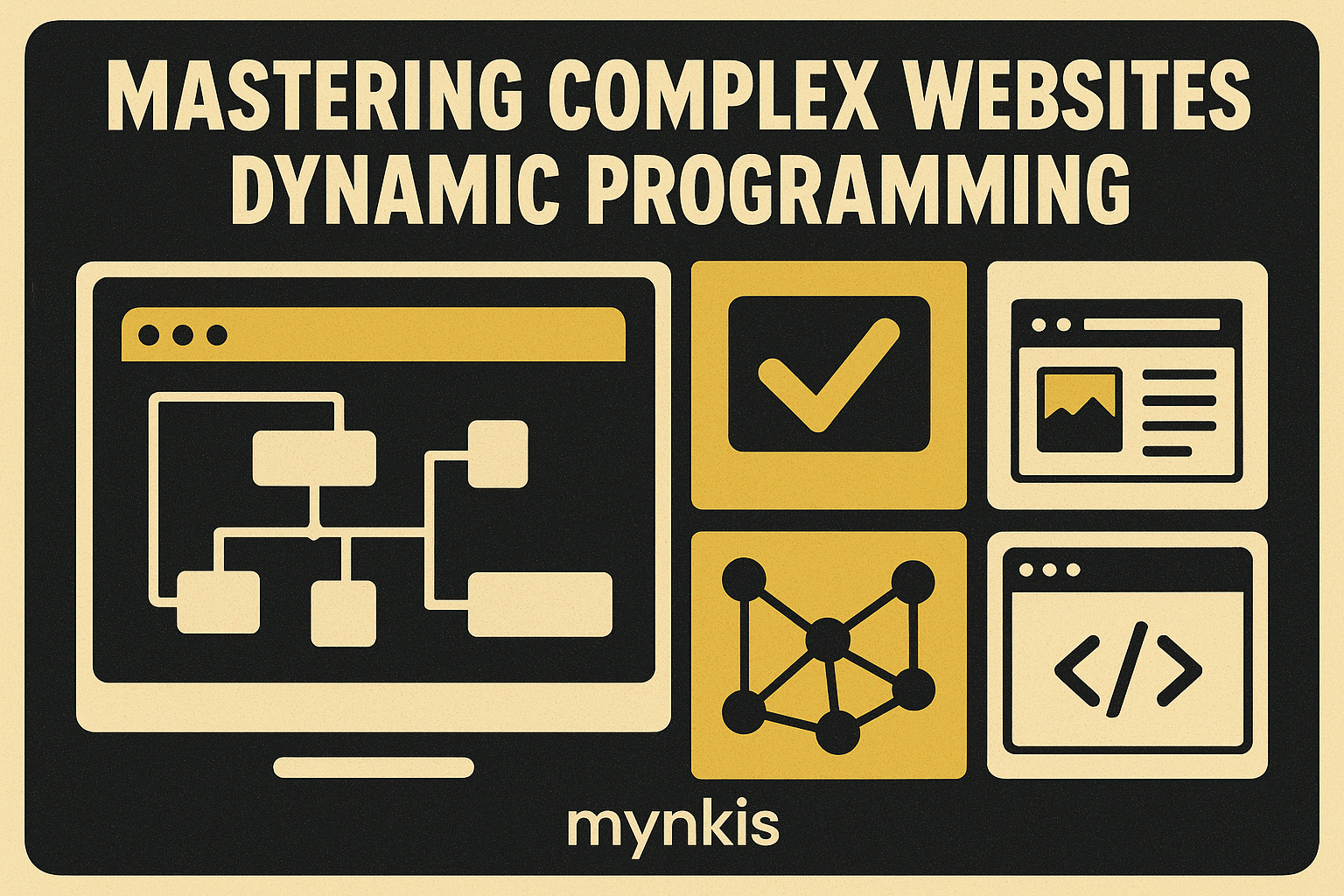Schedule a Demo
Dynamic programming isn't just a buzzword. It's a powerful approach in software development that can transform how you handle data and user interactions on your website or software. I've found that many in the healthcare sector appreciate how dynamic programming breaks complex problems into simpler, manageable parts, thereby allowing for efficient handling of patient data and seamless experiences with patient portals. By using memorization or tabular methods, dynamic programming ensures faster processing and smoother user experiences.
For clinics and hospitals, dynamic programming offers significant advantages. It aids in creating secure and compliant patient portals by simplifying what would otherwise be a labyrinthine setup process. Think about navigating HIPAA regulations; dynamic programming can streamline data handling so that you're always within the bounds of compliance. This kind of efficiency not only improves patient care but also fortifies the security of sensitive medical data.
When dealing with large datasets—such as patient records or medical research—the optimization dynamic programming offers becomes indispensable. Imagine reducing the time it takes to pull up a patient's full medical history from minutes to mere seconds. Dynamic programming techniques like recursion with memorization prevent redundant calculations, dramatically increasing performance on both the client and server sides of your web applications.
In my work with healthcare providers, I've seen how crucial it is to integrate dynamic programming to handle sensitive patient data securely. Dynamic programming enables developers to encrypt data at runtime, ensuring that patient information remains safe from access to transmission. This is particularly important for patient portals where real-time data interaction occurs. Incorporating dynamic programming into security protocols can significantly reduce vulnerabilities and breaches.
When custom software development comes into play, dynamic programming shines. It allows for scalable, user-friendly patient management systems where customization is the norm rather than the exception. By leveraging dynamic programming, we can tailor software to the specific needs of a clinic, such as integrating with existing patient record systems or providing custom user interfaces for medical staff. This level of personalization enhances the functionality and usability of the software, setting a standard for how healthcare institutions can utilize technology to improve care.
I once worked on a project for a large hospital chain where we used dynamic programming to develop their appointment scheduling system. The challenge was to optimize for over 10,000 daily appointments across different time zones. Dynamic programming allowed us to handle this complexity effectively by building the system to calculate the most efficient schedule based on previous bookings. However, integrating this new system with the existing infrastructure posed some challenges, highlighting the importance of a thorough planning phase when leveraging dynamic programming in complex environments.
Patient portals have become critical for healthcare, offering patients access to their health records and the ability to manage appointments directly. Through dynamic programming, we can enhance these portals to be more intuitive and responsive. By implementing lazy loading, where parts of the portal are loaded only when necessary, we can improve load times, reducing waiting times for patients—a significant improvement in user experience based on available research.
Navigating regulatory compliance, like HIPAA in the U.S., is notoriously tricky. Dynamic programming can simplify this process by automating data compliance checks and ensuring that patient information is handled appropriately. Through carefully crafted algorithms, your healthcare software can keep pace with regulatory changes more readily, providing peace of mind that compliance standards are being met without overburdening your IT staff.
Looking forward, the field of dynamic programming is expected to evolve in ways that further benefit healthcare. Machine learning integration with dynamic programming could allow for even more sophisticated data analysis, potentially predicting patient needs based on historical data. The rise of AI-driven solutions in healthcare shows a promising avenue where dynamic programming will continue to play a pivotal role.
For smaller clinics, the initial cost of integrating dynamic programming might seem daunting. However, consider this an investment. The efficiency gains from a dynamic programming approach can offset these costs over time by reducing the need for additional staff and optimizing resource allocation. Even for resource-constrained environments, dynamic programming provides a scalable path to improved patient management.
The beauty of dynamic programming in enterprise web solutions lies in its compatibility with agile development and continuous integration. Testing small changes becomes easier, allowing teams to iteratively improve website functionality. This can be particularly beneficial in healthcare environments where feedback from medical staff and patients is crucial for refining the system to meet user needs more effectively.
Not all that glitters with dynamic programming is gold. There are challenges, such as ensuring that memoized solutions don't consume too much memory, especially in data-heavy healthcare applications. Balancing performance and resource usage requires careful planning and an understanding of the specific demands of healthcare software.
To get started with dynamic programming in healthcare web solutions, begin with a clear assessment of your needs. From there, collaboration with experienced developers who understand healthcare compliance is essential. Additionally, a phased implementation approach—where you start with a basic dynamic programming model and build from there—can help manage both the technical and budgetary aspects of adopting this methodology.
